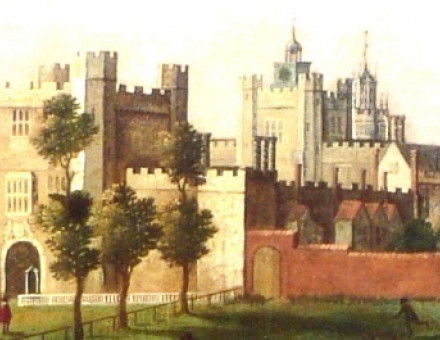Sir Peter Carew, 1514-1575: Valiantness in Service
Born of a notable Devonshire family, Carew saw service in France and Italy, became a favourite companion of Henry VIII and was trusted by the three succeeding sovereigns. Stephen Usherwood describes his life and career.




